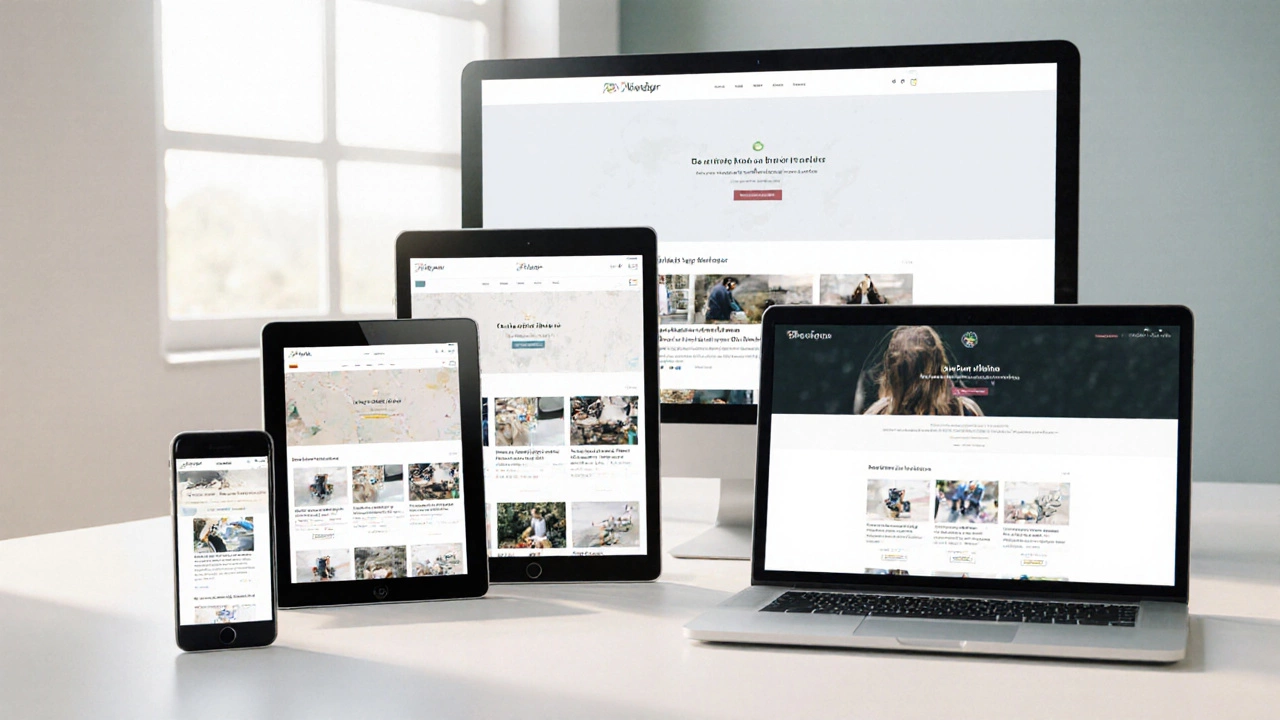When working with Conversion Rate, the metric that shows the percentage of visitors who complete a desired action on a website. Also known as CR, it tells businesses whether their site is actually delivering results, not just traffic. A high conversion rate means more sales, sign‑ups, or leads for the same audience, which directly impacts revenue and growth.
Understanding Conversion Optimization, the systematic process of improving page elements to raise that percentage is the first step toward better performance. It requires data‑driven tweaks to copy, layout, and calls‑to‑action. When you combine conversion optimization with solid User Experience (UX), the overall feel and usability of a site, the chance that a visitor will follow through skyrockets.
Every website has a funnel, and the funnel’s health is measured by conversion rate. SEO plays a hidden role: good rankings bring more qualified traffic, which usually converts better than random clicks. Ecommerce, online retail sites that sell products or services relies heavily on this metric to gauge campaign ROI. At the same time, high bounce rates and low click‑through rates can drag the number down.
Semantic triple example: Conversion rate depends on user experience; user experience is shaped by design and copy; design can be refined through A/B testing. A/B testing lets you compare two versions of a page to see which yields a higher conversion rate, turning guesswork into data‑backed decisions.
Another important connection is between conversion rate and landing page relevance. A landing page that matches the visitor’s intent, as set by the ad or search query, typically sees a higher conversion rate. This is why marketers focus on matching keywords, ad copy, and page content – it creates a seamless path from click to conversion.
Speed matters too. Core Web Vitals, especially loading time, influence both SEO rankings and user patience. Slow pages increase friction, causing visitors to drop off before they even see the offer, which directly lowers conversion rate.
When you analyze conversion rate, you also look at related metrics like average order value, cart abandonment, and repeat purchase rate. Together they paint a fuller picture of how well your site turns interest into revenue.
Across the articles below, you’ll find practical guides on SEO for developers, ecommerce cost breakdowns, UX vs UI debates, and A/B testing tactics – all framed around improving conversion rate. Dive in to see how each piece fits into the bigger picture of turning traffic into tangible results.

Discover the top 10 reasons why responsive web design is essential, from boosting SEO and conversions to cutting maintenance costs and future‑proofing your site.
Read More